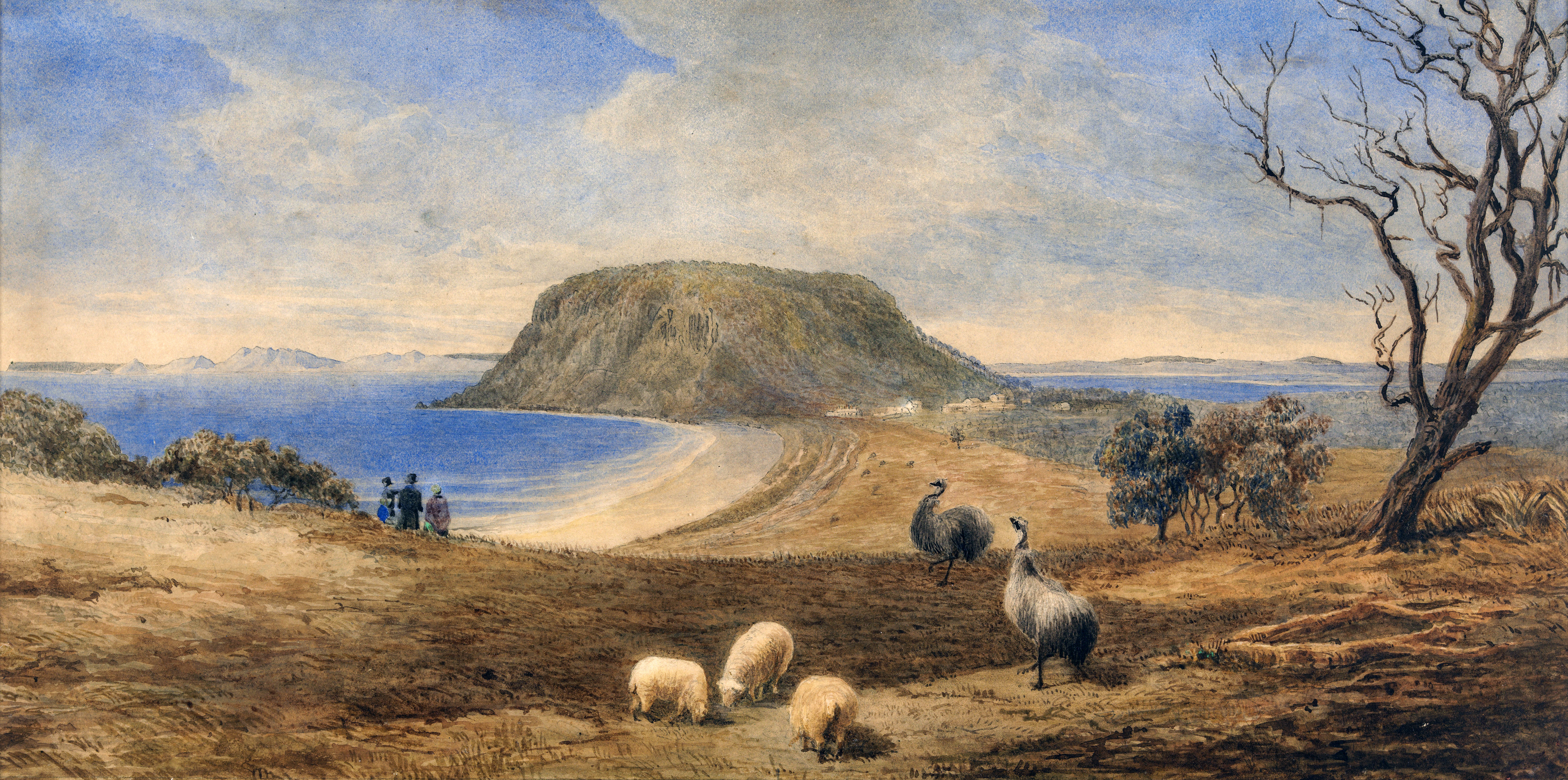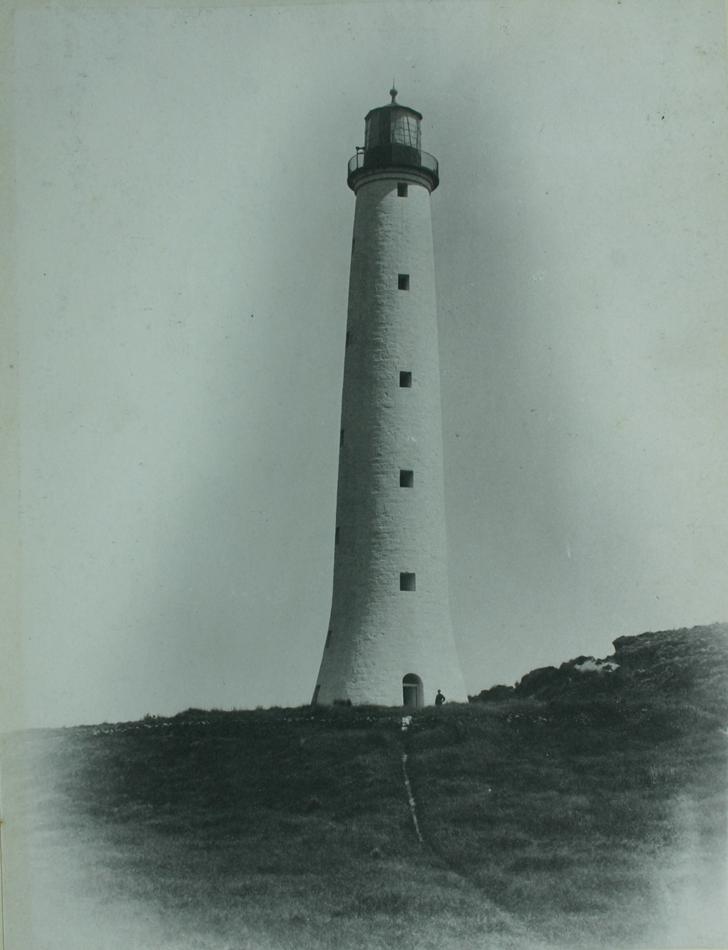|
Dromaius
''Dromaius'' (from greek language, greek δρομαίυς "runner") is a genus of ratite present in Australia. There is one extant species, ''Dromaius novaehollandiae,'' commonly known as the emu. In his original 1816 description of the emu, Louis Pierre Vieillot used two genus, generic names; first ''Dromiceius'', then ''Dromaius'' a few pages later. Which label is correct has been a point of contention ever since; the latter is more correctly formed, but the convention in taxonomy (biology), taxonomy is that the first name given stands, unless it is clearly a typographical error, as argued by W.B. Alexander. For names published on the same day, or in the same publication, the International Code of Zoological Nomenclature states that both names have equal precedence, and that the Principle of First Reviser (Article 24.2 ) determines which name is to be used. Most modern publications, including those of the Australian government, [...More Info...] [...Related Items...] OR: [Wikipedia] [Google] [Baidu] |
Dromaius Novaehollandiae
The emu (; ''Dromaius novaehollandiae'') is a species of flightless bird endemism, endemic to Australia, where it is the Tallest extant birds, tallest native bird. It is the only extant taxon, extant member of the genus ''Dromaius'' and the third-tallest living bird after its African ratite relatives, the common ostrich and Somali ostrich. The emu's native ranges cover most of the Australian mainland. The Tasmanian emu, Tasmanian, Kangaroo Island emu, Kangaroo Island and King Island emu, King Island subspecies became extinct after the history of Australia (1788–1850), European settlement of Australia in 1788. The emu has soft, brown feathers, a long neck, and long legs. It can grow up to in height. It is a robust bipedal runner that can travel great distances, and when necessary can sprint at . It is omnivorous and forages on a variety of plants and insects, and can go for weeks without eating. It drinks infrequently, but takes in copious amounts of fresh water when the o ... [...More Info...] [...Related Items...] OR: [Wikipedia] [Google] [Baidu] |
Dromaius Arleyekweke
''Dromaius'' (from greek δρομαίυς "runner") is a genus of ratite present in Australia. There is one extant species, ''Dromaius novaehollandiae,'' commonly known as the emu. In his original 1816 description of the emu, Louis Pierre Vieillot used two generic names; first ''Dromiceius'', then ''Dromaius'' a few pages later. Which label is correct has been a point of contention ever since; the latter is more correctly formed, but the convention in taxonomy is that the first name given stands, unless it is clearly a typographical error, as argued by W.B. Alexander. For names published on the same day, or in the same publication, the International Code of Zoological Nomenclature states that both names have equal precedence, and that the Principle of First Reviser (Article 24.2 ) determines which name is to be used. Most modern publications, including those of the Australian government, [...More Info...] [...Related Items...] OR: [Wikipedia] [Google] [Baidu] |
King Island Emu
The King Island emu (''Dromaius novaehollandiae minor'') is an extinct subspecies of emu that was endemic to King Island, Tasmania, King Island, in the Bass Strait between mainland Australia and Tasmania. Its closest relative may be the also extinct Tasmanian emu (''D. n. diemenensis''), as they belonged to a single population until less than 14,000 years ago, when Tasmania and King Island were still connected. The small size of the King Island emu may be an example of insular dwarfism. The King Island emu was the smallest of all known emus and had darker plumage than the mainland emu. It was black and brown and had naked blue skin on the neck, and its chicks were striped like those on the mainland. The subspecies was distinct from the likewise small and extinct Kangaroo Island emu (''D. n. baudinianus'') in a number of osteological details, including size. The behaviour of the King Island emu probably did not differ much from that of the mainland emu. The birds gathered in flock ... [...More Info...] [...Related Items...] OR: [Wikipedia] [Google] [Baidu] |
Tasmanian Emu
The Tasmanian emu (''Dromaius novaehollandiae diemenensis'') is an extinct subspecies of emu. It was found in Tasmania, where it had become isolated during the Late Pleistocene. As opposed to the other insular emu taxa, the King Island emu and the Kangaroo Island emu, the population on Tasmania was sizable, meaning that there were no marked effects of small population size as in the other two isolates. The Tasmanian emu became extinct around 1865 according to the Australian Species Profile and Threats database. This was officially recorded in 1997 when changes to listings of nationally threatened species saw the Tasmanian emu added to the list of species presumed extinct. Information regarding the emu is reliant on 19th century documentary evidence and the limited number of emu specimens in museums. As a consequence one of the biggest challenges in researching the Tasmanian emu is the many names or spellings used to describe the emu. The early colonial accounts spell it 'emue' ... [...More Info...] [...Related Items...] OR: [Wikipedia] [Google] [Baidu] |
King Island (Tasmania)
King Island is an island in Bass Strait, belonging to the Australian state of Tasmania. It is the largest of four islands known as the New Year Island (Tasmania), New Year Group and the second-largest island in Bass Strait (after Flinders Island). The island's population at the was 1,617 people, up from 1,585 in 2016. The Local government in Australia, local government area of the island is the King Island Council. The island forms part of the official land divide between the Great Australian Bight and Bass Strait, off the north-western tip of Tasmania and about halfway to the mainland state of Victoria (Australia), Victoria. The southernmost point is Stokes Point and the northernmost point is Cape Wickham. There are three small islands immediately offshore: New Year Island (Tasmania), New Year Island and Christmas Island (Tasmania), Christmas Island situated to the northwest and the smaller Councillor Island to the east, opposite Sea Elephant Beach. King Island was first visi ... [...More Info...] [...Related Items...] OR: [Wikipedia] [Google] [Baidu] |
Ratite
Ratites () are a polyphyletic group consisting of all birds within the infraclass Palaeognathae that lack keels and cannot fly. They are mostly large, long-necked, and long-legged, the exception being the kiwi, which is also the only nocturnal extant ratite. The understanding of relationships within the paleognath clade has been in flux. Previously, all the flightless members had been assigned to the order Struthioniformes, which is more recently regarded as containing only the ostrich. The modern bird superorder Palaeognathae consists of ratites and the flighted Neotropic tinamous (compare to Neognathae). Unlike other flightless birds, the ratites have no keel on their sternum—hence the name, from the Latin ('raft', a vessel which has no keel—in contradistinction to extant flighted birds with a keel). Without this to anchor their wing muscles, they could not have flown even if they had developed suitable wings. Ratites are a polyphyletic group; tinamous fall within the ... [...More Info...] [...Related Items...] OR: [Wikipedia] [Google] [Baidu] |
Baudin Emus
Baudin may refer to: People * Auguste Baudin (1800–1877), French admiral and colonial governor * Charles Baudin (1792–1854), French admiral * Fernand Baudin (1918–2005), Belgian graphic designer * Eugène Baudin (1853–1918), French ceramist and politician * François-André Baudin (1774–1842), French admiral * Jacques Baudin (born 1939), Senegalese politician * Jean-Baptiste Baudin (1811–1851), French physician, Assembly deputy, and martyr * Nicolas Baudin (1754–1803), French explorer ** Baudin expedition to Australia, 1800–1803 * Robert Baudin (1918–1983), American counterfeiter Geography Antarctica * Baudin Peaks Mikkelsen Bay () is a bay, wide at its mouth and indenting , entered between Bertrand Ice Piedmont and Cape Berteaux along the west coast of Graham Land, Antarctica. Location Mikkelsen Bay is in the east of the larger Marguerite Bay in Graham ..., Graham Land, Antarctica Australia South Australia * Baudin Beach, South Australia, a localit ... [...More Info...] [...Related Items...] OR: [Wikipedia] [Google] [Baidu] |
Dale Russell
Dale Alan Russell (27 December 1937 – 21 December 2019) was an American-Canadian geologist and palaeontologist. Throughout his career Russell worked as the Curator of Fossil Vertebrates at the Canadian Museum of Nature, Research Professor at the Department of Marine Earth and Atmospheric Sciences (MEAS) at North Carolina State University, and Senior Paleontologist at the North Carolina Museum of Natural Sciences. Dinosaurs he has described include ''Daspletosaurus'' and ''Dromiceiomimus'', and he was amongst the first paleontologists to consider an extraterrestrial cause (supernova, comet, asteroid) for the Cretaceous–Paleogene extinction event. Russell also helped lead the China-Canada Dinosaur Project from 1986 to 1991. In 1982, Russell created the "dinosauroid" thought experiment, which speculated an evolutionary path for ''Troodon'' if it had not gone extinct in the Cretaceous–Paleogene extinction event 66 million years ago, and had instead evolved into an intelligent ... [...More Info...] [...Related Items...] OR: [Wikipedia] [Google] [Baidu] |
Dromiceiomimus
''Dromiceiomimus'' is a genus of ornithomimid theropod from the Late Cretaceous (early Maastrichtian) of Alberta, Canada. The type species, ''D. brevitertius'', is considered a synonym of ''Ornithomimus edmontonicus'' by some authors, while others consider it a distinct and valid taxon. It was a small ornithomimid that weighed about . Taxonomy The type species, ''D. brevitertius'' was originally described as a species of '' Struthiomimus'' by William Parks in 1926 on the basis of a partial postcranium, ROM 797, from the Horseshoe Canyon Formation of Alberta, Canada. In his review of Canadian ornithomimids, Dale Russell made ''S. brevitertius'' the type species of a new genus, ''Dromiceiomimus'', meaning "emu mimic" from the old generic name for the emu, ''Dromiceius''. Russell also synonymized ''Struthiomimus ingens'' with ''Dromiceimimus brevitertius''. He renamed ''Ornithomimus samueli'' into a second ''Dromiceiomimus'' species: ''Dromiceiomimus samueli''. ''Dromiceiomimus ... [...More Info...] [...Related Items...] OR: [Wikipedia] [Google] [Baidu] |
Tasmania
Tasmania (; palawa kani: ''Lutruwita'') is an island States and territories of Australia, state of Australia. It is located to the south of the Mainland Australia, Australian mainland, and is separated from it by the Bass Strait. The state encompasses the main island of Tasmania, the List of islands by area#Islands, 26th-largest island in the world, and the List of islands of Tasmania, surrounding 1000 islands. It is Australia's smallest and least populous state, with 573,479 residents . The List of Australian capital cities, state capital and largest city is Hobart, with around 40% of the population living in the Greater Hobart area. Estimated resident population, 30 June 2017. Tasmania is the most decentralised state in Australia, with the lowest proportion of its residents living within its capital city. Tasmania's main island was first inhabited by Aboriginal Australians, Aboriginal peoples, who today generally identify as Palawa or Pakana. It is believed that Abori ... [...More Info...] [...Related Items...] OR: [Wikipedia] [Google] [Baidu] |
Subspecies
In Taxonomy (biology), biological classification, subspecies (: subspecies) is a rank below species, used for populations that live in different areas and vary in size, shape, or other physical characteristics (Morphology (biology), morphology), but that can successfully interbreed. Not all species have subspecies, but for those that do there must be at least two. Subspecies is abbreviated as subsp. or ssp. and the singular and plural forms are the same ("the subspecies is" or "the subspecies are"). In zoology, under the International Code of Zoological Nomenclature, the subspecies is the only taxonomic rank below that of species that can receive a name. In botany and mycology, under the International Code of Nomenclature for algae, fungi, and plants, other infraspecific name, infraspecific ranks, such as variety (botany), variety, may be named. In bacteriology and virology, under standard International Code of Nomenclature of Prokaryotes, bacterial nomenclature and virus clas ... [...More Info...] [...Related Items...] OR: [Wikipedia] [Google] [Baidu] |







